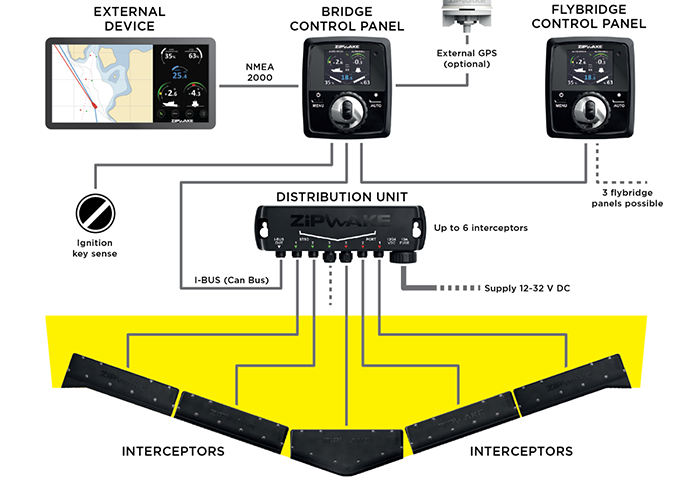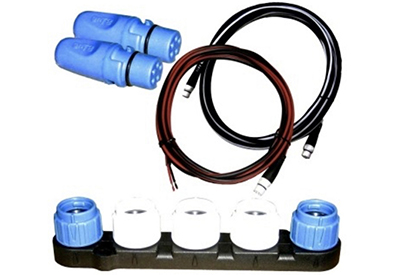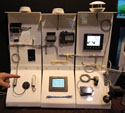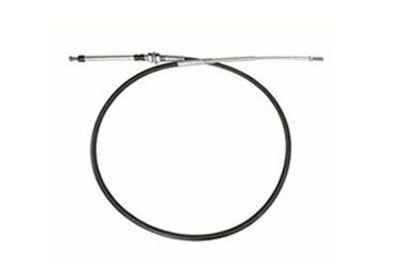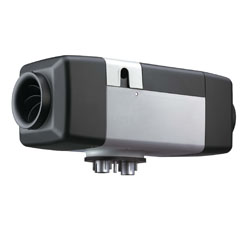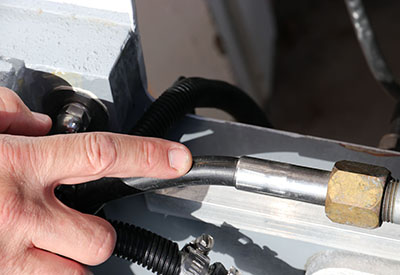Winterizing and End-Of-Season Check-List
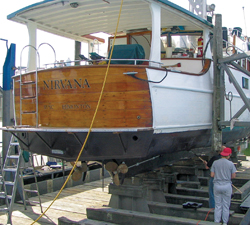
It was always a bit sad when we “put to bed” our power-boat at the end of the cruising season. Then, one year, our favourite mechanic suggested creating a service program at the end of this season, rather than the beginning of the next one. Price savings could be had, he explained. From then on we regarded the winterizing phase for our boat as a start of the next cruising season, not the end of the current one. What follows are some ideas to make this as easy as possible — and perhaps even less expensive.
1) Make a list of all the little improvements and projects for your boat that arose during the summer cruising season. Either make your own estimates or get estimates from service-providers. Sort them into either a mission-critical or affordability order. Ask for price estimates in the slow season and cost surprises will surely be positive ones.
2) If a haul-out is needed, schedule it in the fall and have the service list available for discussion with the yard or independent service-providers. Most marina services are dramatically slower in the fall and winter months and economies can usually be found.
3) Change the oil and filters on main engines and gen sets or other engines. Regardless of usage, almost all engines benefit from an annual oil and filter change, while diesels should have their fuel filters changed as well. Be sure to run the engines after these changes to ensure that everything is reconnected properly. When buying filters consider buying an additional set so you have spares on hand should they be needed mid-season, or at the start of the next one.
4) Consider changing the impeller of the water system’s pumps of main or auxiliary engines, but follow the manufacturer’s guidelines as to the best interval. An annual renewal is not considered overkill in many boating situations.
5) Get ready for cold temperatures. This usually means draining any fluids that can freeze — domestic water systems primarily. Include the water-lift muffler if present. Leave valves and taps open so that any residual fluids can expand upon freezing should that occur. If systems require it, use pressurized air to clear all plumbing (borrow a scuba tank if needed).
6) If the cooling water cannot be drained from engines easily, ensure that you have the appropriate anti-freeze mix.
7) Decide on your fuel system storage. Many boaters completely drain gas systems and then refill with clean fuel in the spring. On the west coast, most larger boats stay in the water and a top-up of main fuel is best. A full tank of fuel will prevent most water condensation problems. Additives may slow down the aging process of diesel. Gasoline-powered boats can benefit from “fuel stabilizer,” an alcohol-based additive that helps keep water contamination to a minimum.
8) Outboards being put away should be run at idle with the fuel hose disconnected so that all residual fuel gets consumed. Gas tanks can be drained (some service stations offer this service) or if preferred, tanks can be topped up. If possible, store them safely inside where they will not be subject to temperature swings. But follow ALL safety protocols. See above note about additives.
9) Boats kept in the water need added heat, as temperatures do drop below freezing, even in BC. Low, flat heaters are preferred as they are less prone to tip over in stormy conditions. Auto shut-off switches on heaters are also advised, should a winter storm cause rough water that can topple them.
10) Ventilation is just as important as heat for preventing mildew growth. As sunlight is noticeably absent in winters, mildew-resistant sprays are advised on soft goods that cannot be taken home. This includes carpeting and built-in upholstery.
11) All other soft goods (bedding, towels, clothing and similar) should be removed and laundered at home so the new season can start fresh in the spring. Upholstered goods onboard should be lifted up and placed for maximum air circulation to hinder mildew growth.
12) Boats remaining in the water should have a reliable power source so that bilge pumps and other safety gear remain operable. Batteries need to be checked regularly to ensure that neither over- or under-charging occurs. This should be scheduled no less than monthly over the winter.
13) Boats coming out of the water should have their drain plugs removed so that unwanted liquid from rain or melting snow drains out, BUT the plug needs to be kept close by and in an obvious place so it is not forgotten at re-launch. Don’t laugh — it happens every year.
14) A final check needs to be made of all refrigerators, coolers and freezers so that foods that can spoil, or foods that can freeze, are removed. One year it was so cold that beer and wine onboard our boat froze. There is no mess as bad as an exploded beer can with its resulting rotten smell and mold growth!
15) If boats remain in-water, mooring lines need to be doubled up and chafe guards added where possible. Winter storms put added strain on all lines. Likewise, snow-loads must be anticipated and guarded against, even if the first line of defense is close inspection after storms. Snowstorms are common in Ontario and still occur almost yearly in BC. Heavy snow loads can sink boathouses and some boats with small freeboard are also vulnerable.
16) As you are putting the boat away take an extra day or two and do some regular maintenance:
a. Check all hoses and hose clamp connections. Rubber hoses degrade over time and any approaching 10 years of age should be replaced.
b. Any hoses that are brittle or cracked (cold will do this to rubber hoses, as will ozone in the atmosphere) regardless of age should be replaced. Remember the double hose-clamp rule and avoid inexpensive clamps. Quality stainless clamps are a good investment.
c. Use WD-40 or an equivalent, on metal parts that are in danger of moisture-induced corrosion.
d. Replace any filters in the fall so that pre-launch work is reduced.
e. Disconnect batteries if the boat is on land and, if possible, store the batteries inside where temperature swings are moderate.
f. Give coolers and refrigerators a wash with a little cleaner and some diluted bleach — leave doors or lids propped open.
17) Clean all the screens of navigation instruments, particularly any touch-screen devices, as they can accumulate considerable finger grime over summer usage. NEVER clean electronic gear while they are on. Avoid harsh household cleaners, but instead use soft cloths or micro fiber only.
18) Consider sun damage to upholstered and soft goods, as ultra-violet rays (yes, it does sometimes get sunny in winter) can bleach many fabrics. Close blinds and drapes.
19) Take precautions against pests looking for a dry and warm home come winter. Mice and rats can chew wiring and there is no worse smell than otter poop if they get onboard. It’s a trade-off to leave ventilation access but have security from unwanted visitors. Regular inspections are often needed. React quickly if ingress has started.
20) Leave emergency numbers with the marina or storage company, and consider posting them directly on the vessel for any good samaritans to use if needed.
Fall is a great time to do any number of pre-season chores, as is said, “Why wait for spring . . . ?” We found it helpful to make our own check-list of putting-away chores and a separate one listing the monthly checks we needed. This included a top-up of battery fluids and a check of bilges and bilge pumps (our stuffing boxes were constantly dripping) as well as heaters and lines.
There is nothing like peace of mind all winter, and doing start-of-season chores in the fall allows a faster start to boating as soon as the weather allows. And it’s cheaper too.
By Robert Buller

